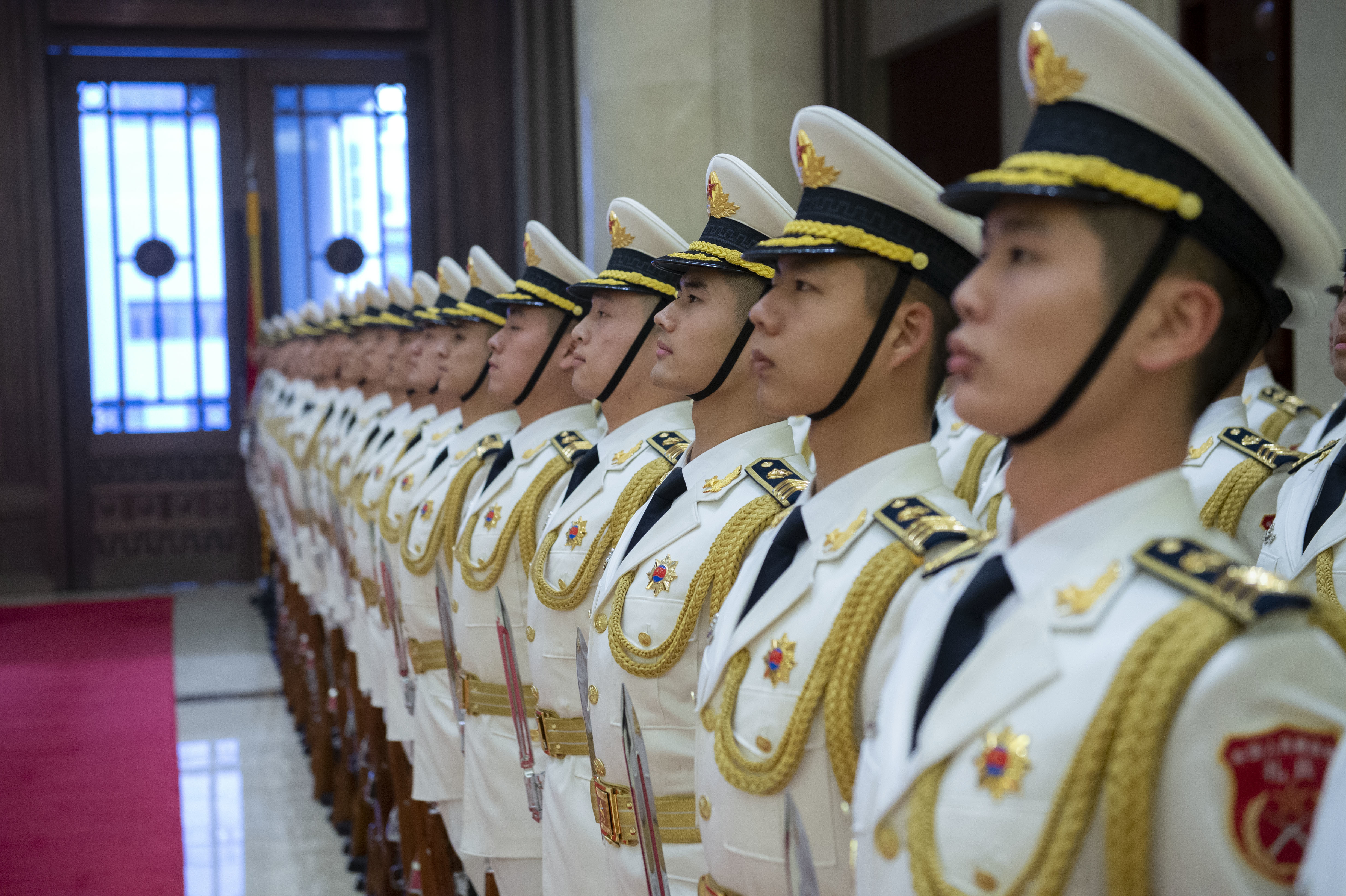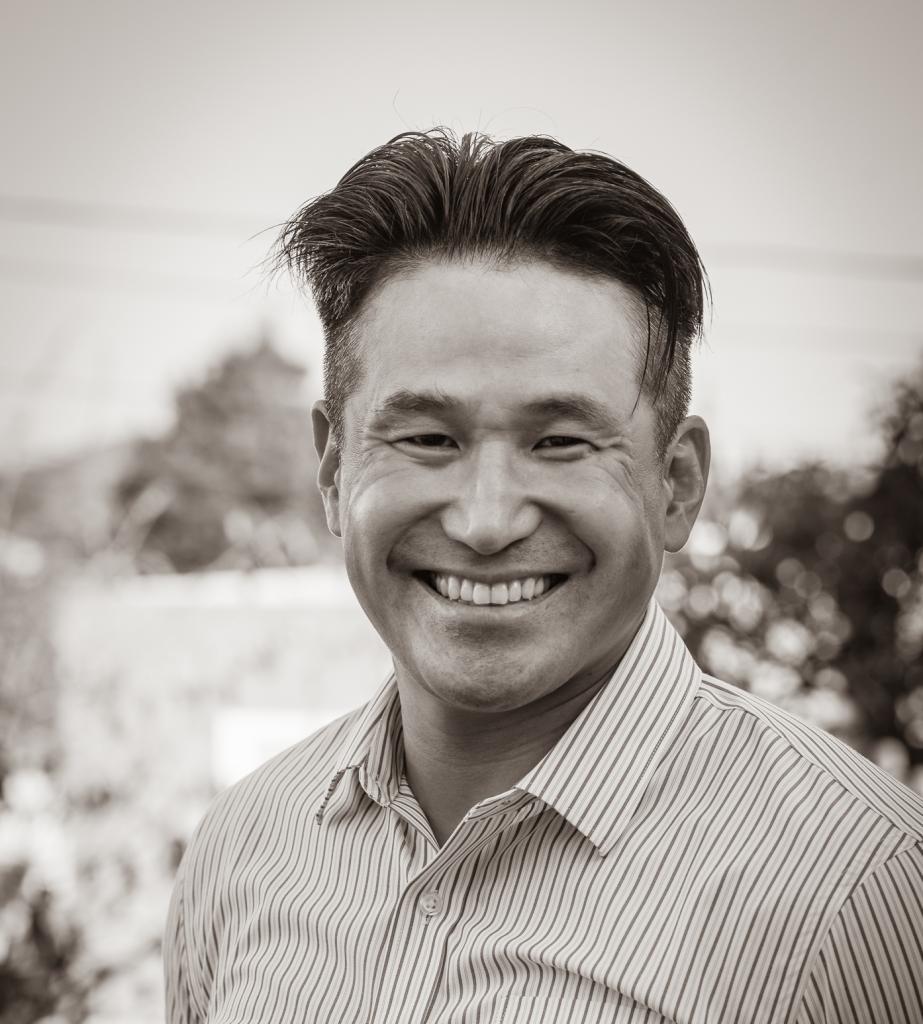Disinformation, Annexation, & Deterrence: Why the CCP Is More Likely to Subvert Taiwan Than Invade
While analysts focus on military means the PLA may employ to invade Taiwan, most miss the significance of disinformation and cyber disruption the CCP exploits to set the conditions for a political annexation much like what happened in Crimea.

Published by The Lawfare Institute
in Cooperation With

Introduction
Over the past year, Taiwan has been brought to the forefront as a pressing international relations issue. From its handling of the coronavirus pandemic to supporting pro-democracy movements in the region, Taiwanese President Tsai Ing-wen has become one of the most internationally recognized leaders from the island nation. This renewed focus on Tsai’s leadership has also invited much ire from the Chinese Communist Party (CCP), which has renewed its stated policy of reunifying Taiwan with the mainland. Subsequently, national security professionals have actively contemplated different scenarios about how the CCP would invade Taiwan. Some of the most astute cross-strait observers have voiced quite pessimistic analysis about how Taiwan would defend against a full-scale invasion from the CCP. While analysts focus on military means the PLA may employ to invade Taiwan, most miss the significance of disinformation and cyber subversion the CCP exploits to set the conditions for a political annexation much like what happened in Crimea. This possibility of political annexation is not entirely new to Taiwan observers. However, most defense analysts rather focus on the paramilitary aspect of the Crimea crisis than non-kinetic operations taking place in the cyber and information domains.
A watershed moment of disinformation-driven subversion was the 2018 Taiwanese election. It was riddled with suspected CCP disinformation meant to undermine President Tsai’s mandate. Analysts saw a concerted effort from Beijing to boost support for the opposition party, the Kuomintang (KMT). Coupled with divisive social and economic issues, these campaigns helped the comparatively pro-China KMT defeat the incumbent Democratic Progressive Party (DPP) in seven of the 13 counties and municipalities up for grabs.
Frequent saber rattling from the PLA over the strait has made the prospect of a military invasion only more real. The discussion of an armed invasion is palpable in China, Taiwan and in the U.S. The PLA has aggressively increased its naval military exercises around Taiwan. And Taiwan has experienced increasingly coercive airspace intrusions from the PLA Air Force as well. Both activities have further fueled the debate of military confrontation between the U.S. and the CCP over Taiwan. Ironically, if the U.S. overcommits its military to defending Taiwan, it could adversely create a security dilemma in which Taiwan is further threatened by the CCP.
In this light, it is important to evaluate the likelihood of the PLA invading Taiwan within the context of recent developments in both the PRC and Taiwan. When viewed through a longer term lens, it becomes clear that a persistent yet deliberate political campaign to annex Taiwan is much more likely than a full-on military invasion.
The Year 2025
While the CCP toned down its rhetoric about forcefully invading Taiwan in the past two years, Xi Jinping in 2019 overtly stated his objective of reuniting Taiwan with the mainland. Some experts set the timeline as close as 2025. Moreover, he has directed the PLA to become operationally ready to invade Taiwan. In response, Western military analysts have recently focused on assessing the likelihood of a military invasion from the PLA and how Taiwan may fare in such scenarios. Some analysts have stressed the need for Taiwan to consider asymmetric options to defend itself against a PLA invasion. Similarly, others have emphasized why the U.S. should offer a clearer defense commitment to Taiwan. However, most analysts have confused the means with the end. Put differently, the CCP could achieve the same end with a different means. In fact, the CCP is much more likely to attempt to bring Taiwan under its reign through political annexation utilizing subversion and sabotage.
Why a military invasion is both unlikely and undesirable to the CCP
While most analysts are obsessed with a military invasion of Taiwan by the PLA, it is still questionable whether the PLA is capable of doing so without incurring massive costs. In addition, it is unclear what incentives the CCP would have to invade Taiwan militarily when doing so is very likely to invite a military conflict with the U.S. A military invasion of Taiwan would also greatly disrupt the Chinese economy. A recent visit by three U.S. senators also reaffirmed the U.S.’s security commitment to Taiwan. The U.S. still spends four times as much as the CCP on military expenditures. While the CCP is likely to spend more than reported, the 2022 NDAA (National Defense Authorization Act) appears more than adequate to compete against the PLA. Moreover, Taiwan is substantially enhancing its ability to withstand the PLA. In other words, given the above operational and strategic constraints, there would likely be immense costs to the PLA in pursuing such a strategy.
Analysts should also consider nonmilitary options the CCP may employ to achieve a de-facto annexation of Taiwan, such as more politically focused means to achieve the same objective. For instance, imagine a pro-Beijing administration in Taipei that would ask the U.S. to minimize its involvement in the defense of Taiwan. While indications exist of such subversive efforts underway in Taiwan, they go unnoticed by Western observers.
Why the Crimea model is more likely in Taiwan
Modern Russian doctrine has heavily influenced the PLA's doctrinal modernization. In fact, few recognize that the PLA has extensively studied how the Kremlin was able to annex Crimea and support the separatists in Eastern Ukraine. This should be particularly troubling to Taiwan. If one extrapolates the Kremlin’s operations in Ukraine and in the Baltic states, several implications become salient. First, the CCP can achieve a de-facto annexation of Taiwan, short of a full-scale invasion at marginal costs of a military invasion. Second, the CCP can exploit media operations to paralyze the decision-making space to buy time and could promote normalizing a "limited humanitarian" stabilization campaign in Taiwan. Media operations would entail mobilizing CCP-friendly Taiwanese and local outlets and associations to promote the justification of intervention. Third, the CCP could leverage legal warfare to normalize its intervention in Taiwan. Legal warfare would mean leveraging economic and military aid to buy support at the UN, ASEAN, SCO and regional client states in SEA.
The Menace of Political Subversion
Recent events in Taiwan suggest that the CCP relies on political subversion to weaken the Taiwanese government and the public’s trust in it. In this context, subversion is a set of nonmilitary activities sponsored by CCP to influence Taiwan’s domestic policies. There is even an increasing risk of potential false flag operations in some of the outlying Taiwanese islands that attempt to undermine the credibility of the Tsai administration. Many of these islands already have closer ties to China than the rest of Taiwan. Take the islands of Kinmen and Matsu for example. Kinmen is located just six miles from China’s coast, the closest of Matsu’s islands even nearer still. On April 29th, the Fujian government’s coronavirus task force announced that it was willing to reopen the direct ferry system between China and Taiwan’s outlying islands (the “small three links”) after the Taiwanese government paused the service due to pandemic mitigation measures. Furthermore, Kinmen and Matsu residents traveling to China would be “regarded as arrivals from low-risk areas on the Mainland” and not required to follow isolation measures. Politicians in Taiwan’s outlying islands, including members of the Chinese Unification Promotion Party, have expressed their enthusiasm for the revival of these direct linkages to China. However, the ferry’s reinstatement could also bring risks. If some kind of massive accident were to take place (similar to the MV Sewol ferry disaster in South Korea in 2014) with both Taiwanese and Chinese civilians on board, China’s Coast Guard or PLA Navy is likely to exploit the occasion to justify stepping in. Such an accident would also be a massive political blow for Tsai.
The waters surrounding Matsu provide another avenue for exploitation. There, Chinese sand dredgers and cargo ships have become a regular sight. Although it is unclear what connection, if any, these ships have with the PLA, their presence creates constant pressure for Taiwan’s Coast Guard forces stationed on Matsu. The Coast Guard has been forced to patrol the waters with only nine ships at its disposal, simultaneously wasting resources, distracting forces and increasing the chances of a miscalculation. It is unclear what stance the PLA and CCP would take in the event of an exchange of fire.
Finally, in recent months, the PLA has also increased its drone activity near the uninhabited Pratas Islands, claimed by Taiwan, in the South China Sea. Taiwan has declared that it is willing to shoot them down if necessary. If Taiwan were to shoot down a PLA drone, the CCP could manipulate the narrative to make it look like Taiwan was the first aggressor, therefore justifying a PLA response.
In the cyber realm, the CCP has demonstrated both the willingness and ability to use cyber attacks to undermine the Taiwanese government. CCP-affiliated groups such as Blacktech, Taidoor, MustangPanda and APT40 have persistently mounted cyber attacks against Taiwanese government agencies and they have targeted government documents and data. In particular, the Taiwanese Ministry of Foreign Affairs has become a key target for CCP-affiliated cyber hackers, receiving 40 times more attacks in 2020 compared to 2018. This is a persistent and increasingly alarming threat vector.
The CCP has also increased its global information and disinformation operations to undermine President Tsai’s legitimacy. International CCP information operations have achieved mixed results in the past. But they have proven capable of creating lasting false narratives about Tsai, at least within Taiwan’s information space. For example, in 2015, Tsai’s domestic opponents began claiming that she had faked her doctoral degree. from the London School of Economics (LSE). The false narrative has proven surprisingly tenacious, despite official confirmation of the degree’s conferral from LSE itself. It was later found that some proponents of the narrative allegedly received payments from sources within China. In a similar vein, the CCP’s meddling in the latest presidential election in Taiwan aimed to help elect a Beijing-friendly administration. More recently, Taiwanese researchers have claimed that the country’s most recent COVID-19 outbreak has been accompanied by a flood of new disinformation meant to undermine trust in the DPP and the Tsai administration. If a pro-unification president were elected in Taiwan, it is not far-fetched that such an administration would ask the U.S. and her allies not to interfere in the cross-strait relationship, a move the CCP would prefer toward annexation.
In the event of an annexation operation, pro-CCP elements in Taiwan would likely mobilize to support the PLA’s stability operations. This includes the Chinese Unification Promotion Party (CUPP). Established by the organized crime kingpin Chang An-lo, the party claims to have 30,000 members, many of whom are reputed to be involved in organized crime themselves. It would also include media outlets connected to China, which reputedly confirm their editorial contents with Chinese contacts prior to publishing. These outlets would be unlikely to persuade young people, but they would likely influence the perceptions of older generations who still faithfully read their content.
The CCP’s utilization of cyber attacks and disinformation also affords a strategic advantage: Keeping the entire campaign below the threshold of armed conflict to prevent the U.S. from militarily intervening. While the U.S.’s extended deterrence is critical to ensure Taiwan’s sovereignty, the CCP appears to favor nonmilitary means in an attempt to undermine the Taiwanese government, a similar set of activities that led up to the annexation of Crimea.
Conclusion
Given the prevalence of the CCP’s subversive efforts in Taiwan, a politically driven annexation campaign poses a far greater threat to Taiwanese sovereignty than a military invasion. In fact, military threats are likely aligned with cyber and disinformation operations to enable the latter while undermining the Tsai administration. This pattern was especially pronounced during the coronavirus pandemic. Such efforts could help lay the groundwork to preemptively undermine Taiwan’s future leadership, set to be elected in 2024. Moreover, a subversive campaign would make a U.S. military intervention far more difficult. That same strategic dilemma stymied a U.S. or NATO response to the Kremlin’s annexation of Crimea in 2014.
What are the main efforts that Taiwan and the U.S. can undertake to ensure no annexation happens? Both internal resilience in Taiwan and extended deterrence from the U.S. should work together. The Tsai administration has tirelessly worked to increase the resilience of the Taiwanese government and civil society. The DAP (Digital Accountability Project) is a great example. The Tsai administration has worked with industry and civil society to dampen the proliferation of foreign disinformation. Taiwan has taken proactive measures to mitigate CCP subversion and sabotage.
The U.S. should focus on imposing disproportionate costs to the prospect of a PLA invasion to ensure Taiwan can continue to strengthen its resiliency and economy. Steering the Quad Alliance to embrace Taiwan would make a PLA invasion appear much costlier than it is now. Extended deterrence does not rely solely on military means. The U.S. can also help Taiwan with additional diplomatic efforts. For instance, the U.S. should consider providing coronavirus vaccines to the remaining 15 countries that maintain a formal diplomatic relationship with Taiwan in order to hinder the CCP’s efforts to isolate the Tsai administration. It can solicit and develop multilateral ties to increase the perceived cost of the CCP’s crisis engineering against Taiwan. The U.S. should also enhance interoperability and intelligence sharing with Taiwan on cyber and information operations. The recently introduced Ensuring American Global Leadership and Engagement (EAGLE) Act, which calls for the establishment of Digital Connectivity and Cybersecurity Partnerships to boost resiliency, would be an optimal channel. Working with Taipei to expose and counter the CCP’s ongoing cyber and information operations would also go a long way to keep the Taiwanese political process unmolested by illicit meddling from the CCP.






